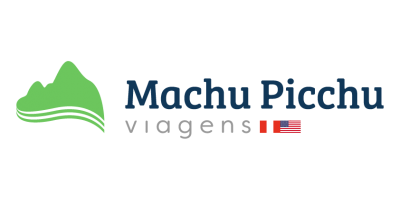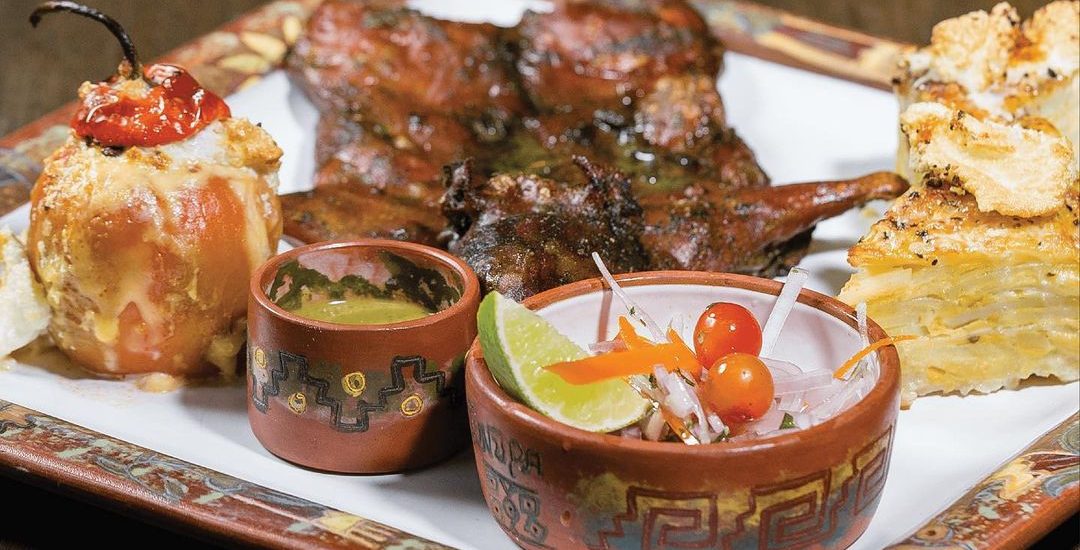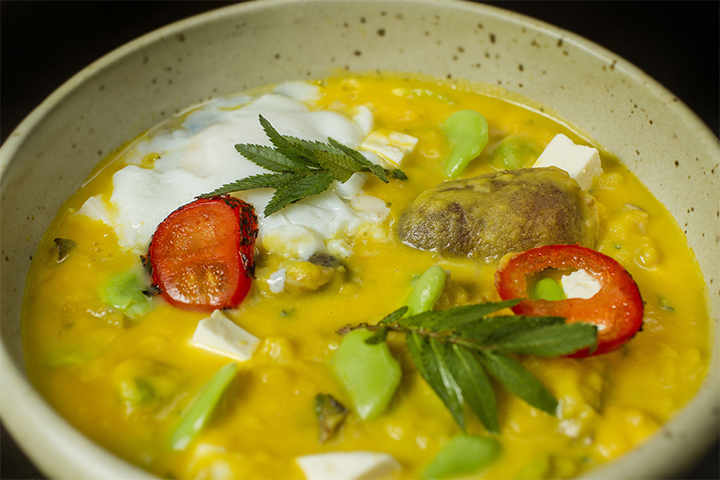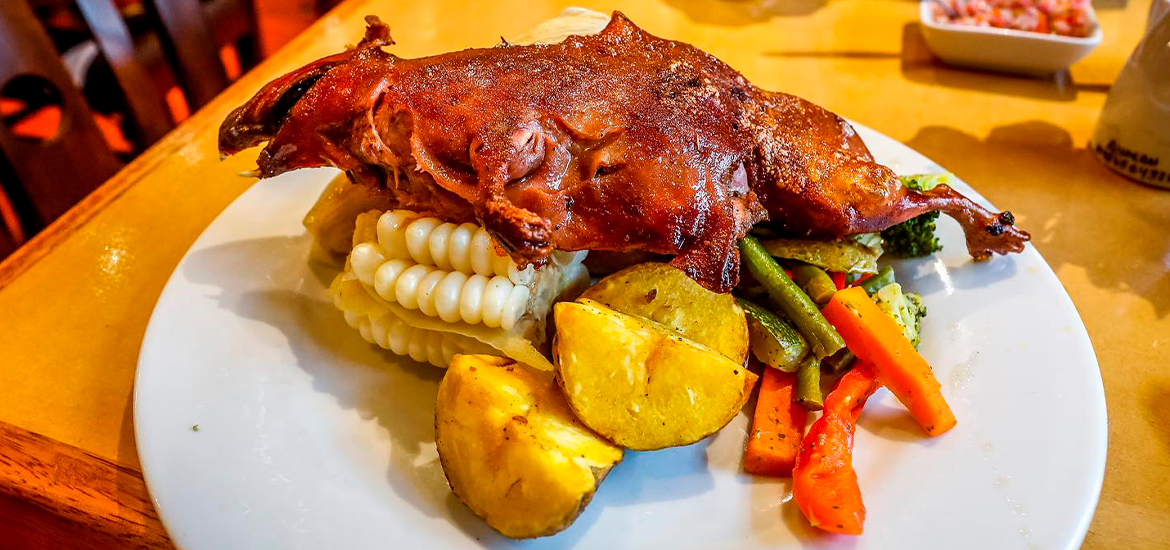Each region of our amazing country reflects its vast traditions, culture, and joy. One of the reasons why every Peruvian is proud is because our food is gaining more adherents and fans worldwide. It’s believed that the best places to try Peruvian food are Lima, the capital, Arequipa, and “el norte” (north area cities such as Trujillo, Chiclayo, or Piura). We can say each region in Peru has its own traditional food. So, this time we’ll focus on Cusco food.
Cusco, the city where this blog is written, is popular for its sites, attractions, museums, and Machu Picchu. Due to Cusco’s popularity in these fields, some people may think that food is not a “cusqueños” (Cusco citizens’) strong point. We, as cusqueños, we’ll show you the opposite in the following lines. We’ll share some delicious food (and more) and tell you why you must try them in the ancient capital of the Incas. Buen Provecho!. Buen Provecho!
Chicharron
After the Spaniards’ contest, unknown products, techniques, and animals arrived in Peru. Among them is the pig, which began to be a useful part of Peruvian cuisine. Peruvian chicharrón varies by region, but, it is basically a piece of pork, fried after being marinated in spices and chicha de jora.
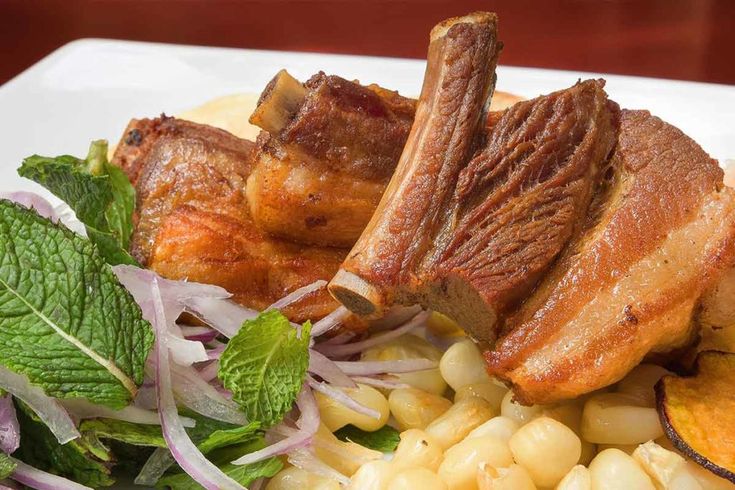
The result is a tender, juicy pork, accompanied by cusqueño potatoes, salad, and sauces like the “uchucuta” (Cusco traditional sauce with a light spicy tone). We can mention as well that Chicharron is an essential Peruvian dish.
Sopa de Quinua
Quinoa is an Andean grain that the Incas considered sacred. The United Nations declared 2013 to be “the International Year of Quinoa” in honor of its great nutritional value. It contains twice as much protein as rice and barley, making it an excellent source of calcium, magnesium, and zinc.
In Inca times, quinoa was a highly valued food for children’s nutrition and also for the Inca army. The Incas and Aymaras recognized quinoa as a food of the gods, as it gave them energy. Currently, the tradition of preparing quinoa is deeply rooted in Cusco.

“Quinoa Soup” contains meat, vegetables, and the main ingredient, quinoa. The result is a warm, substantial, and healthy soup that you must try during your stay here.
Chiri Uchu
In Quechua, the language of the Inca, “cold dish” is an important meal in Cusco city. It is served for the Catholic festival of Corpus Christi in June. Some people think that this dish originated under the Inca Empire.
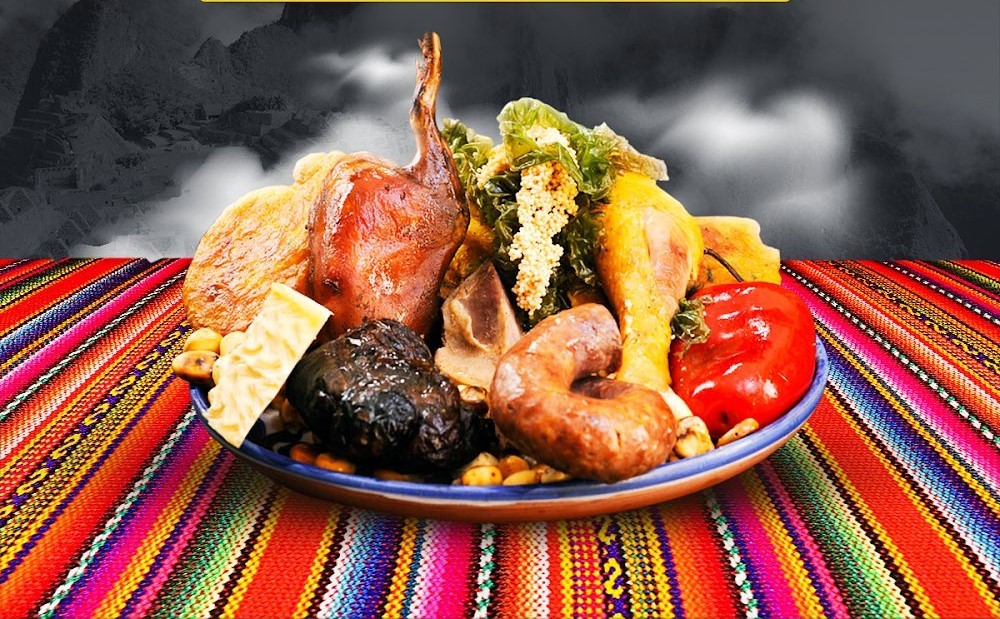
This meal is served on a huge dish and it includes different kinds of meat such as guinea pig, chicken, beef, and jerky. The dish may also include seaweed and corn. It has “torreja”, a kind of omelet made with maize flour, potatoes, yellow squash, green onions, and seasonings. All the ingredients are piled high, with hot peppers on top.
Kapchi de Setas
Kapchi de setas (mushroom stew) is a traditional dish made from broad beans and mushrooms, people serve it as a soup or accompanied by rice and potatoes. This healthy dish is suitable for vegans and includes the famous “Peruvian dressing” as its base, broad beans, onion, milk cheese, Peruvian species, and “setas” and Andean mushrooms.
Alpaca Meat
Alpaca is a camelid, a “cousin” of the llama, since Inca times, this furry creature was grown for meat and fiber.

Alpaca meat is tender, high in protein, and low in fat, making it an excellent alternative to beef due to its low cholesterol. You can eat it grilled, in sandwiches, or replacing beef.
Trucha
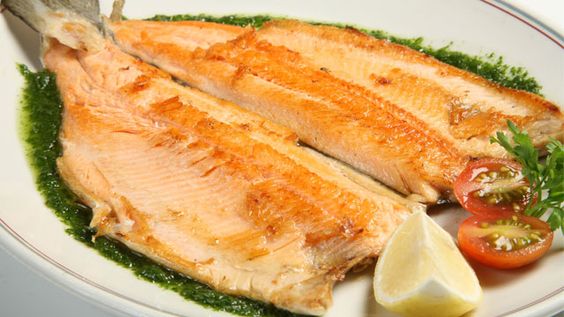
A common fish dish is trout, which is made with farm-raised or river trout. This classic dish is served with potatoes, corn, and salad. You’ll find everything from stylish eateries to the smallest eateries. You can bake, grill, or make ceviche, among other cooking methods.
Choclo con queso
Around Cusco and the Sacred Valley, you’ll see ladies with huge cooking pots luring drivers, and pedestrians and saying out loud “Choclo con queso”! “Choclo con queso”!
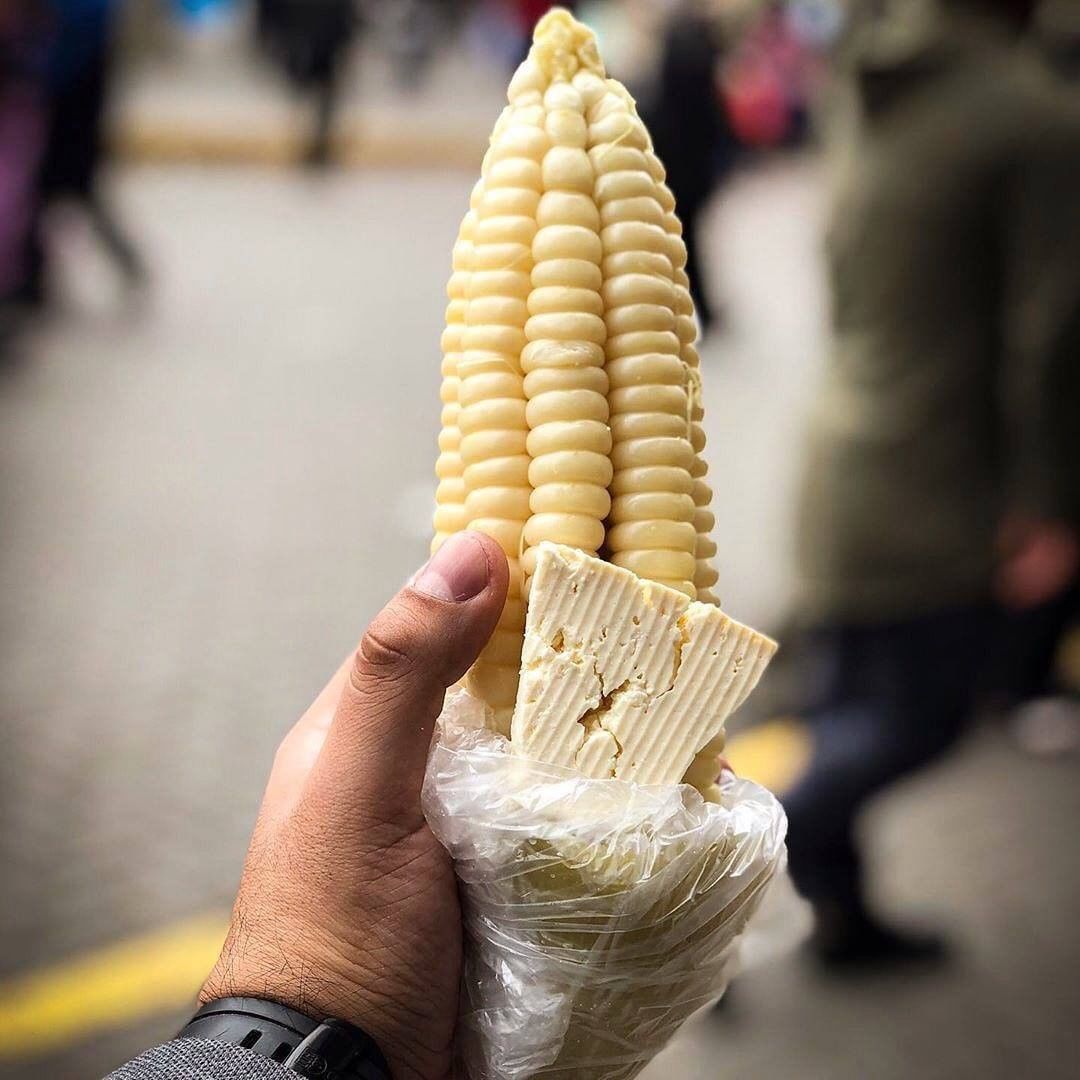
“Choclo con queso” literally means corn and cheese, simple as it is. Although this is a snack relatively small, it can be filling. We, cusqueños may claim that this is our favorite snack ever.
Cuy Meat
Last but foremost we have the famous “cuy”. We know, for some of you reading this blog, that guinea pigs are pets in your country, and you don’t even imagine eating them.
However, for thousands of years, guinea pigs have been a vital source of food in the Andean areas. After the Spaniard’s arrival, they take some elements to Europe including guinea pigs. So, we can say that just like other livestock, originally guinea pig was a domestic animal for humans to eat.
Guinea pig’s meat is healthy, as it contains almost no fat, it’s also rich in proteins, amino acids, and vitamins. The common ways to eat “cuy” is in “pepian” (a spicy Peruvian stew), in soup, or the most popular ones “Cuy Chactado” (deep fry cuy) is a recipe in which the guinea pig is flattened and fried.
“Cuy al Horno” is a guinea pig cooked in the oven. Both versions are served with Peruvian corn and potatoes, some restaurants offer it with “rocoto relleno” (stiffed Peruvian chili peppers)
Honorable Mentions
The 8 dishes we introduced to you are just a few of the vast repertory of Cusco’s traditional food, however, we’d like to mention the following dishes, snacks, and drinks:
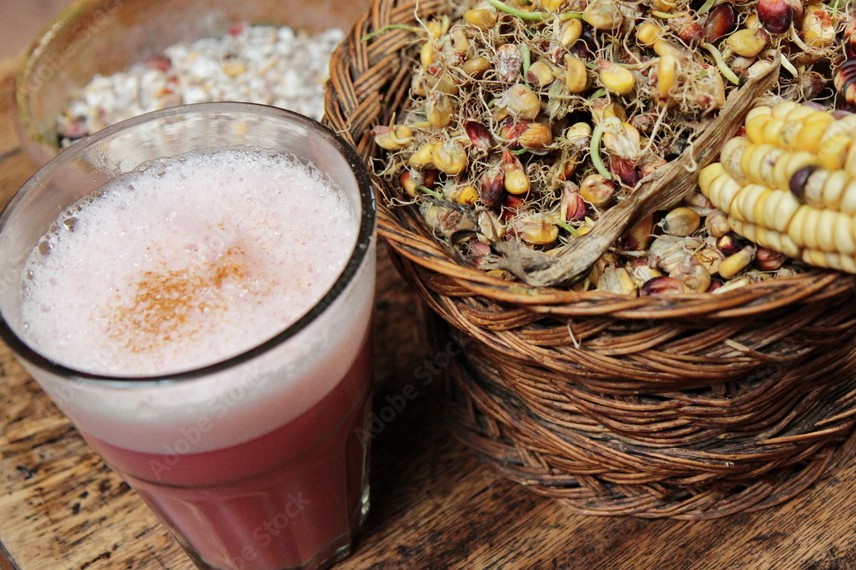
Frutillada is made with a small, tastier “frutilla”, a type of strawberry native to the Peruvian Andes. Is a sweeter and safer substitute for Chicha de Jora, the traditional incas’ beer.
Depending on the place where you drink it, and the level of fermentation, it may be suitable for kids to drink it as frutillada is a healthy and sweet drink just like chicha morada, a drink made from purple corn.

“Tamal Cusqueño” is considered a snack not only in Peru but in South America. Even though you have tried it in other countries, the “ Cusqueño” version is different.
Some sweet tamales contain raisins and cinnamon, while others contain shredded pork, olives, and onions. Near Cusco Plaza de Armas (main square) are many ladies selling tamales, try one when in the historic center!
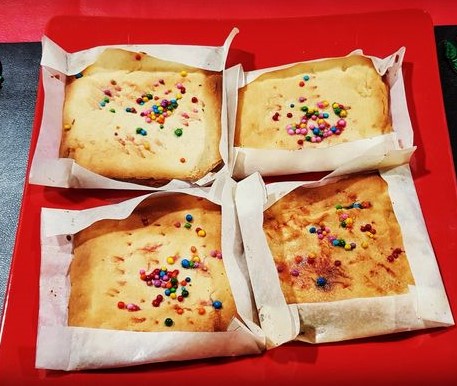
“Empanadas dulces” are small, rectangular pastries. They are made from flour, lard, egg, and cinnamon. Sweet sprinkles and a yolk topping adorn them. You’ll see several empanadas during Holy Week in Cusco.
They are consumed with hot chocolate, stews, or fruit sweets like peach stew. You can also find them in bakeries and shops in the San Pedro Traditional Market in Cusco.
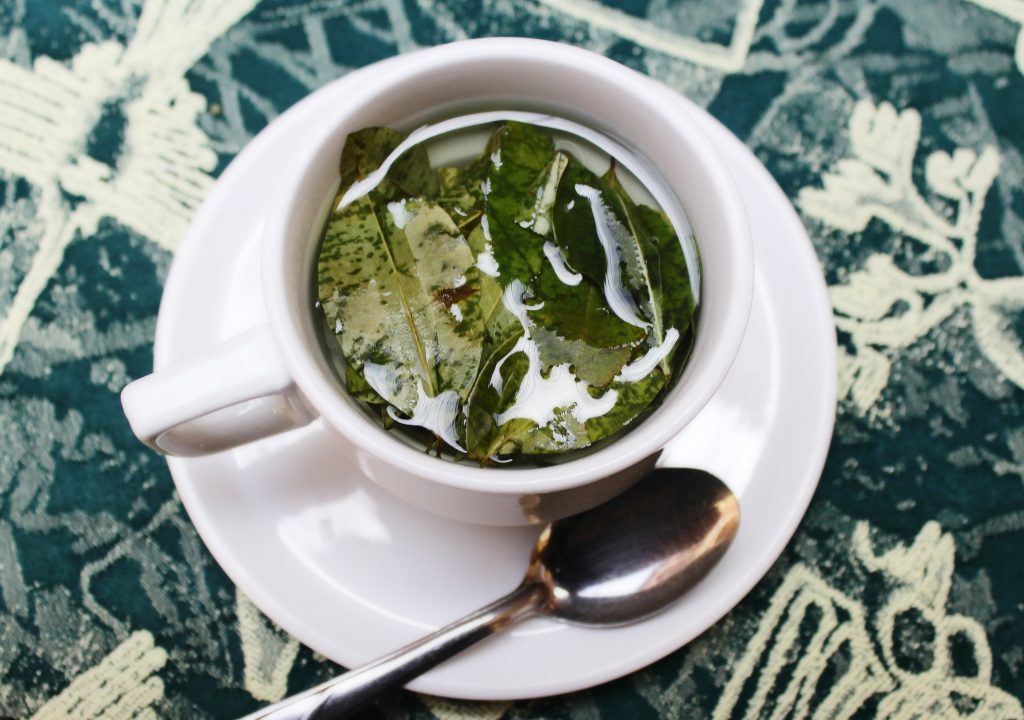
Coca Tea: As you may know, this drink is useful against altitude sickness. You can drink it in your hotel, restaurant, or eatery in Cusco City.
If you’re visiting Cusco, why don’t you try these recommendations? We’re sure you’ll love our food as much as Cusqueños do! Consider as well that Viagens Machu Picchu can help you arrange your trip to Cusco and other Peruvian destinations. Contact us right away to start your adventure in Peruvian lands, we are waiting for you!
Viagens Machu Picchu, journeys that inspire, moments that last.
